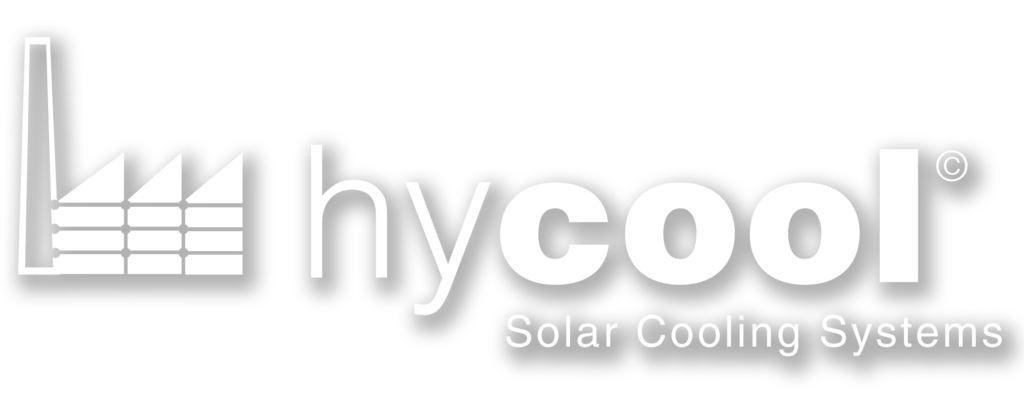1 Scope
The aim of this report is to validate the modelling and simulation methodology capable of selecting the most promising adsorber material for a given cooling scenario based on its thermophysical properties developed within the Hycool project. In order to do so, the model has tested outside the conditions used for its proof of concept, i.e. for different materials and different experimental conditions.
To this aim, experimental, modelling, simulation and data analysis methodologies has to be developed specifically:
1. Valid experimental setup have to be adapted to the validation needs
2. Experiments have to be carried on specifically prepared samples
3. Theoretical models have to be adapted to include the specific experimental conditions
4. The experimental results have to be critically analysed to highlight the most interesting features for the project (i.e. the adsorption process characteristics)
5. The results of simulations and experiments have to be quantitatively analysed to evaluate the validity of the modelling approach and to gain precious insights on the adsorbent materials.
2 Audience
The deliverable is publicly accessible on the Hycool project website. It is meant to be useful for researchers and engineers interested in understanding the behaviour of adsorption materials and processes. Specifically heat pumps developers might want to use the approach here described to screen different adsorbent material alternatives. Materials developers, instead, might use the tools here produced to understand the applicability of their products in heating and cooling solutions.
3 Abbreviations
TJS – Temperature Jump Setup of the IBM Zürich
IR – Infra-Red
RMF – Resorcinol-Melamine-Formaldehyde
D4.3 – Hycool Project Deliverable D4.3
4 Structure
• Section 1: contains an overview of this document, providing its scope, audience and structure
• Section 2: contains an overview of experimental setup and procedures used for the validation of the model
• Section 3: contains the methods applied to extend the validity of the previously developed model
• Section 4: contains the results obtained concerning the equilibrium properties
• Section 5: contains the results obtained concerning the dynamic properties
• Section 6: contains the conclusions drawn from the obtained results.

